The Ministry of Transport has just reported to the Government a plan to study and plan two railway routes Hanoi - Dong Dang, Hai Phong - Ha Long - Mong Cai connecting to China.
The Ministry of Transport said that the Hanoi - Lang Son corridor has two modes of transport: road and rail. In which, passenger transport is mainly carried out conveniently via the Hanoi - Lang Son expressway, with a scale of 4-6 lanes and a design speed of 100-120km/h.
The existing Hanoi - Dong Dang railway line has a dual gauge (1,000mm and 1,435mm gauge); freight and passenger trains run from Yen Vien station to Beijing South station, providing convenient international connections with China. However, currently only 3 pairs of trains are being operated per day and night (about 20% of the route's capacity), while the infrastructure capacity can operate 15 pairs of trains per day and night and basically meet transportation needs until after 2030.
According to the plan, after 2030, a new double-track railway line with a gauge of 1,435 mm will be built on this corridor to transport goods and passengers. The demand for rail transport by 2050 is forecasted to be about 9 million tons of goods and about 7.5 million passengers.
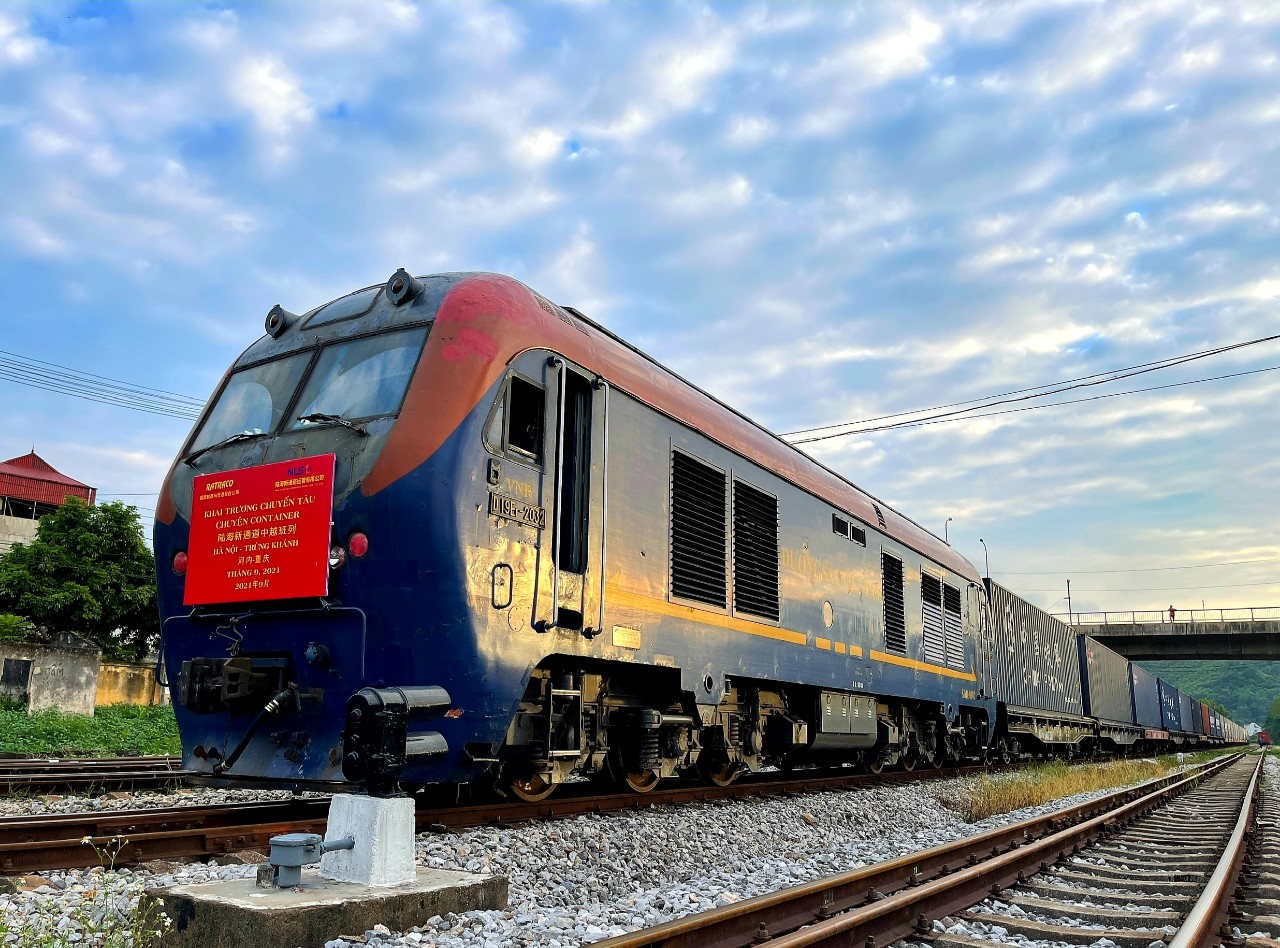
The existing Hanoi - Dong Dang railway line (Photo: International train between Vietnam - China running on the Hanoi - Dong Dang route).
On the Ha Long - Mong Cai corridor, there are two modes of transport: road and waterway. In which, freight transport is mainly by inland waterway and coastal due to low cost. The newly put into operation Ha Long - Mong Cai expressway, with a scale of 4 lanes, can meet the demand for passenger transport until 2040.
According to the plan, there are three modes of transport on this corridor: sea, road and rail. To reduce costs, goods will be prioritized for transport by sea and river; passengers will be handled by road.
When the demand for international passenger and freight transport increases, investment will be made in railway lines.
"Therefore, in the immediate future, we will carry out detailed planning of the two railway lines Hanoi - Dong Dang and Hai Phong - Ha Long - Mong Cai as a basis for determining route directions, technical standards, and investment plans. After the planning is approved, investment preparation work will be carried out," said the Ministry of Transport.
Specifically, the Hanoi - Dong Dang railway project, about 156km long; starting point at Dong Dang border gate, ending point at Yen Vien station; connecting Hanoi capital with some northeastern provinces (Bac Ninh, Bac Giang and Lang Son) and international transit connection with China via the international railway transit border gate - Dong Dang.
Estimated investment scale: 1,435mm track gauge, electrification, passenger and cargo transport; passenger train speed 160km/h, cargo train about 120km/h; total estimated investment about 6 billion USD.
The Hai Phong - Ha Long - Mong Cai railway project, approximately 187km long, is part of the Quang Ninh - Hai Phong - Thai Binh - Nam Dinh railway line; the starting point is at Nam Dinh Vu station (Hai An ward, Hai Phong city), the ending point is at the rail junction near Bac Luan bridge (Mong Cai city, Quang Ninh province). The route connects the northern coastal provinces and connects international transport with China through Mong Cai international border gate.
Estimated investment scale: 1,435mm track gauge, electrification, passenger and cargo transport; passenger train speed 160km/h, cargo train about 120km/h; total estimated investment about 7 billion USD.
"The Ministry of Transport has approved non-refundable technical assistance from the Chinese Government for research and planning, as a basis for implementing investment preparation work. The Ministry of Transport has also assigned the Vietnam Railway Authority to coordinate with the Chinese side to conduct research and develop detailed planning, to be completed by 2025, as a basis for assessing feasibility and determining the investment roadmap," the Ministry of Transport reported.
Source: https://www.baogiaothong.vn/quy-hoach-xong-hai-tuyen-duong-sat-ket-noi-trung-quoc-trong-nam-2025-192241025123101955.htm


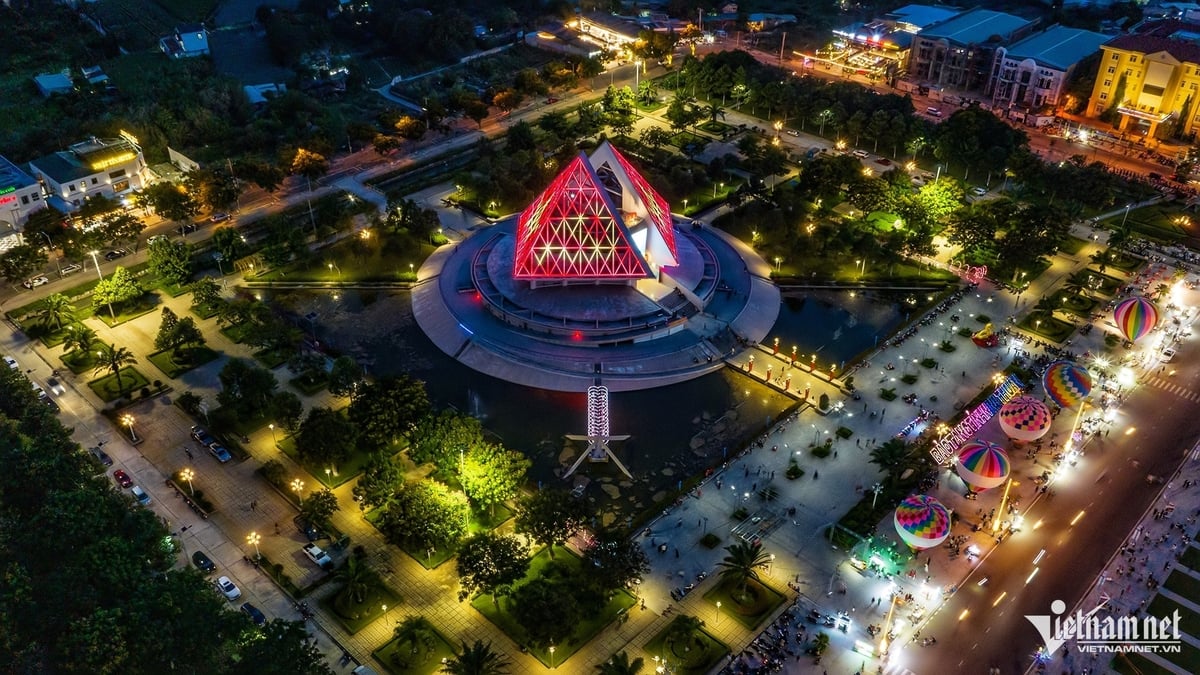



![[Photo] Buddha's Birthday 2025: Honoring the message of love, wisdom, and tolerance](https://vphoto.vietnam.vn/thumb/1200x675/vietnam/resource/IMAGE/2025/5/12/8cd2a70beb264374b41fc5d36add6c3d)



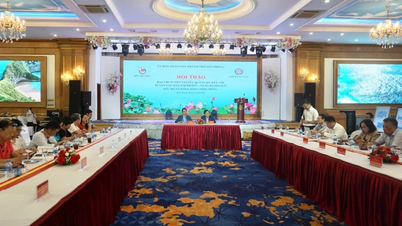





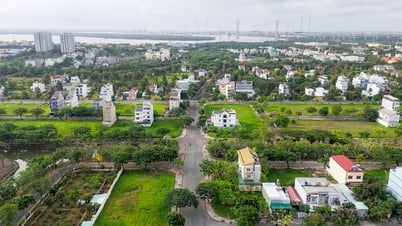




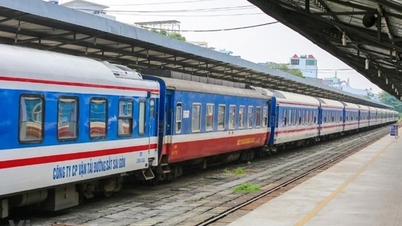
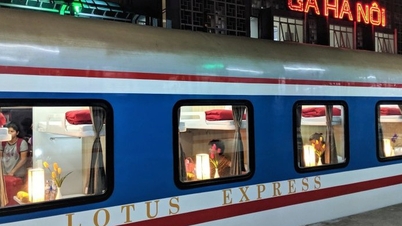

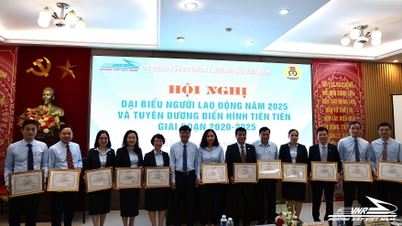










![[Photo] General Secretary To Lam meets and expresses gratitude to Vietnam's Belarusian friends](https://vphoto.vietnam.vn/thumb/1200x675/vietnam/resource/IMAGE/2025/5/11/c515ee2054c54a87aa8a7cb520f2fa6e)
![[Photo] General Secretary To Lam arrives in Minsk, begins state visit to Belarus](https://vphoto.vietnam.vn/thumb/1200x675/vietnam/resource/IMAGE/2025/5/11/76602f587468437f8b5b7104495f444d)
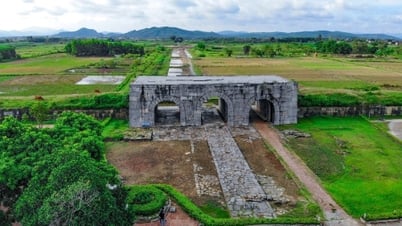

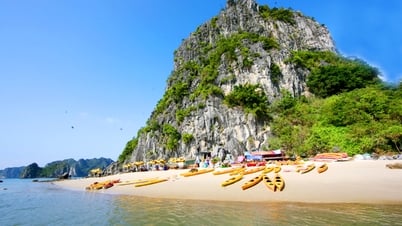



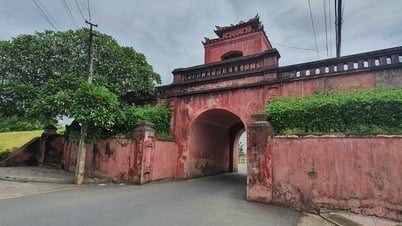


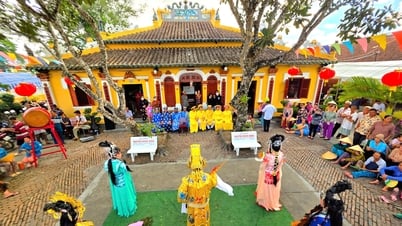
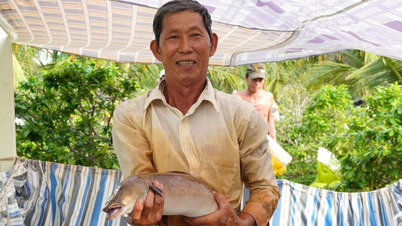

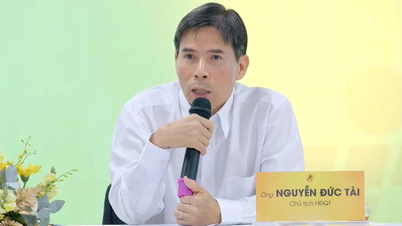


















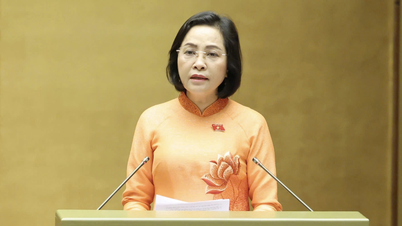

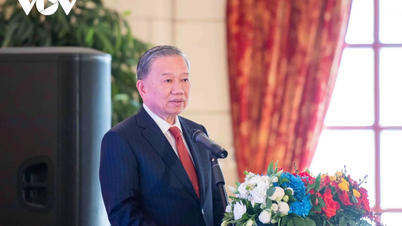

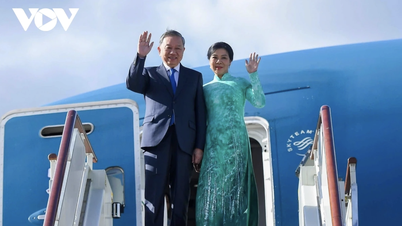
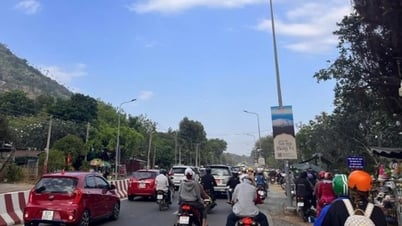




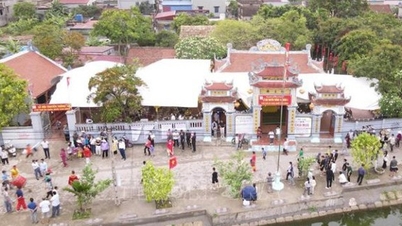












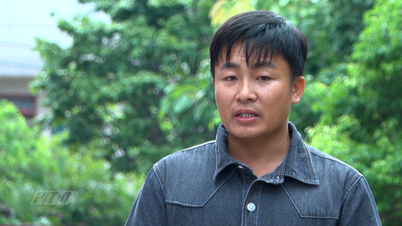
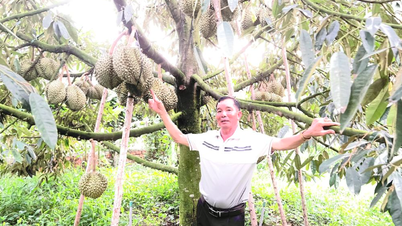


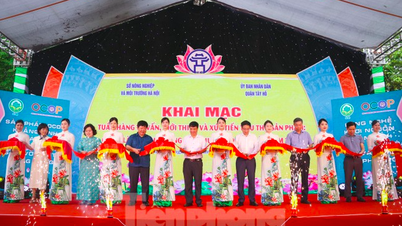




Comment (0)